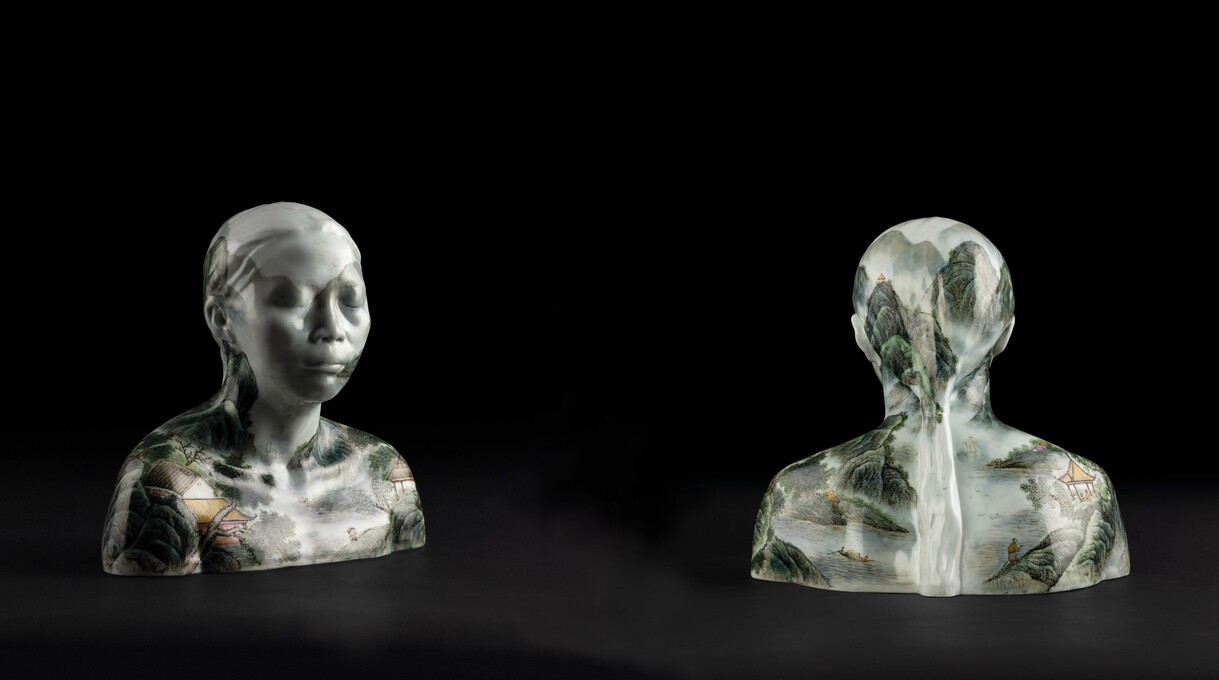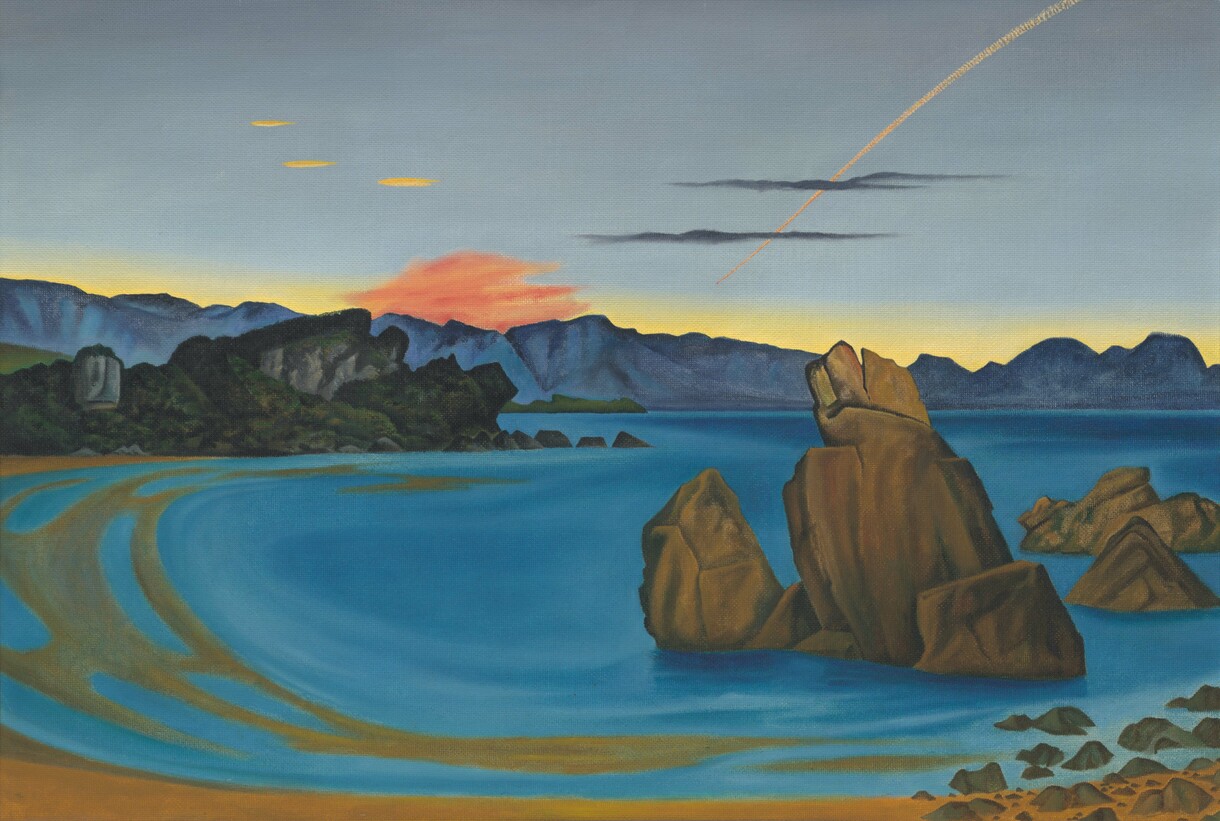B.217
B.
Bulletin
New Zealand's leading
gallery magazine
Latest Issue
B.22201 Dec 2025
Contributors

Director's Foreword

Director’s Foreword
As I write this it’s a cold and gloomy Ōtautahi Christchurch day and the Gallery is abuzz with a wide range of visitors, family groups and children, taking part in our school holiday workshops and programmes, and filling our spaces with activity, excitement and laughter. It’s a lovely warm place to be on a grey day. Hopefully by the time this Bulletin arrives in your hand there’s a sense that spring is arriving, trees are greening up and the days are longer once again. By then we will have recently opened our major new collection focused exhibition to replace Perilous: Unheard Stories from the Collection.
My Favourite

Kushana Bush: Glukupikron
My sister owns a gorgeous Kushana Bush work that I have coveted for some time. I think I had been subconsciously mind-banking her works since seeing it. Then, when I was overseas last year and feeling a little homesick, I listened to an RNZ National podcast of Charlotte Wilson interviewing the artist (Art, Life, Music: Kushana Bush). Kushana’s choice of music to accompany the interview was bliss: carefully chosen pieces by Bach, Satie, Britten, Bayaka pygmies and Jack Body.
Commentary

He Kapuka Oneone – A Handful of Soil
Our expansive new collection exhibition explores the fundamental role whenua plays in the visual language and identity of Aotearoa New Zealand. Acknowledging Māori as takata whenua, the first peoples to call this land home, themes of kaitiakitaka, colonisation, environmentalism, land use, migration, identity and belonging are considered through collection works, new acquisitions and exciting commissions. Painting, sculpture, ceramics, photography, moving image, printmaking and weaving by historical and contemporary artists are brought together to reveal how land has been a material and subject for art in Aotearoa for hundreds of years. Here, the Gallery’s curators each take a closer look at a key work from the exhibition that tells us something about our complex relationship with the whenua.
Commentary

Turn Around and I’m Gone Again
The public lives of artworks can be occasional and itinerant—they emerge from the cosy sameness of storage into fresh locations and contexts. Many make their first public appearances alongside siblings from their maker’s studio, but later find themselves in very different company. While some resolutely maintain their identity no matter how or where they are shown, others open up to additional associations and meanings. Fittingly for a show about the power of alternative identities, several of the works in Dummies & Doppelgängers have evolved over time, shapeshifting into new lives or likenesses.
Commentary

The tide is in and the sea is like a blue mirror
I’ve always thought that if you’re a landscape artist, the working holiday must be the perfect getaway. You get to immerse yourself in an environment that may then become reflected in your art, a manifestation of your response and connection to a place. This was certainly the case for several Ōtautahi Christchurch landscape painters in the twentieth century: Doris Lusk and Onekakā, Bill Sutton and the Port Hills, Ivy Fife and the Canterbury High Country, Rita Angus and Wainui. For their close contemporary and friend Leo Bensemann it was Mohua Golden Bay, a landscape that had a profound effect on him when he holidayed there in the summer of 1965. It was a location he bonded with so much that he returned regularly to holiday and paint most summers for the rest of his life, in the process creating a remarkable body of over sixty paintings of the region.
Interview

A Space for Conversation
Ōtautahi Christchurch-based artists Victoria Edwards and Ina Johann have worked in artistic collaboration as Edwards + Johann since 2007. They take an interdisciplinary approach to art- making, combining photography, drawing, collage, performance, video and sculpture.
Curator Felicity Milburn spoke with the pair shortly after their month-long residency at Sutton House, during which they prepared sculptures for their upcoming Gallery exhibition. Edwards + Johann: Mutabilities—propositions to an unknown universe will combine these with other works made across the last five years to investigate ideas of response to place, connection and transformation. All of the works carry the indelible resonance of the unforgettable, and tragically unpredictable, geothermal environment of Whakaari White Island, which Edwards + Johann visited in 2018, prior to its devastating 2019 eruption.






